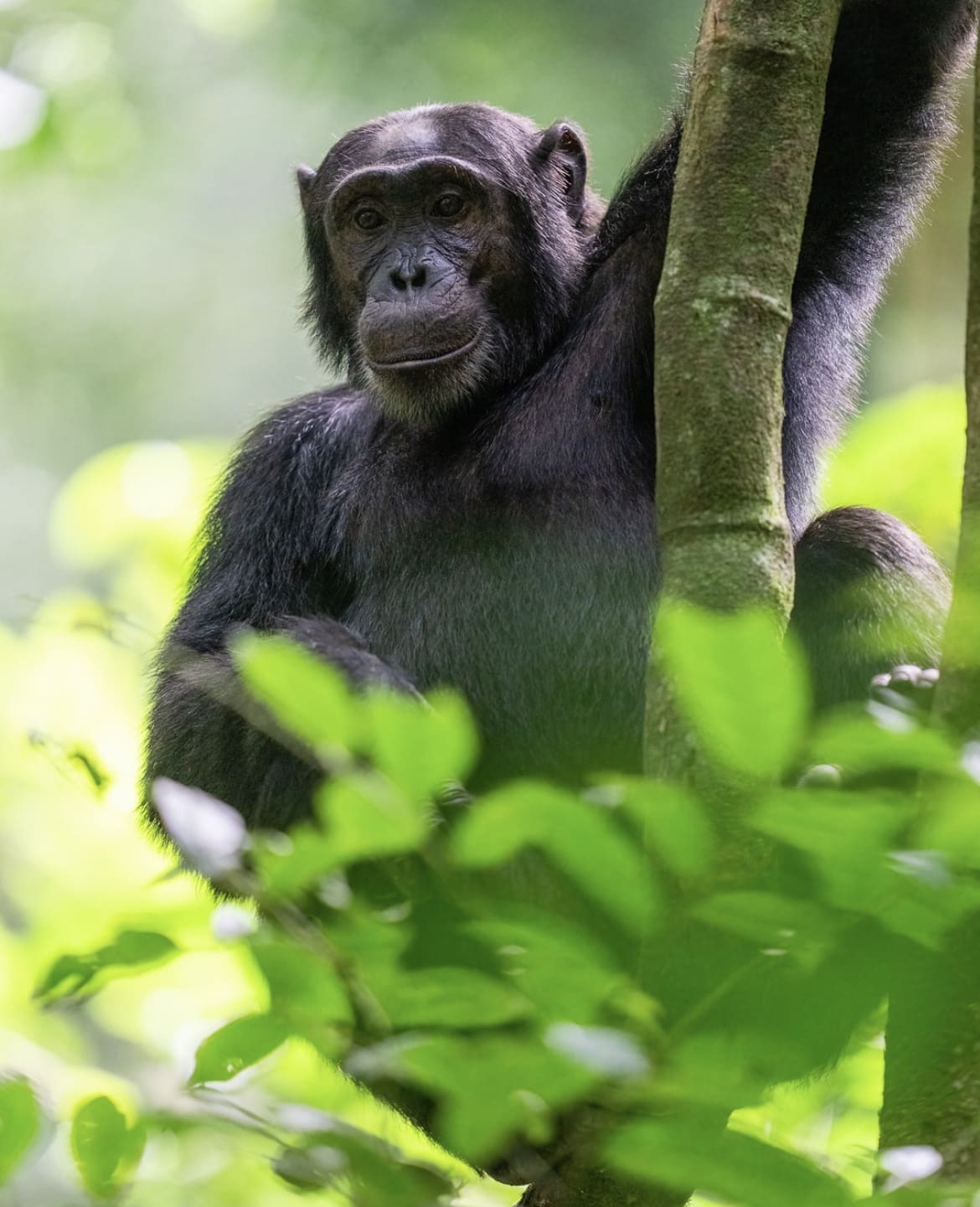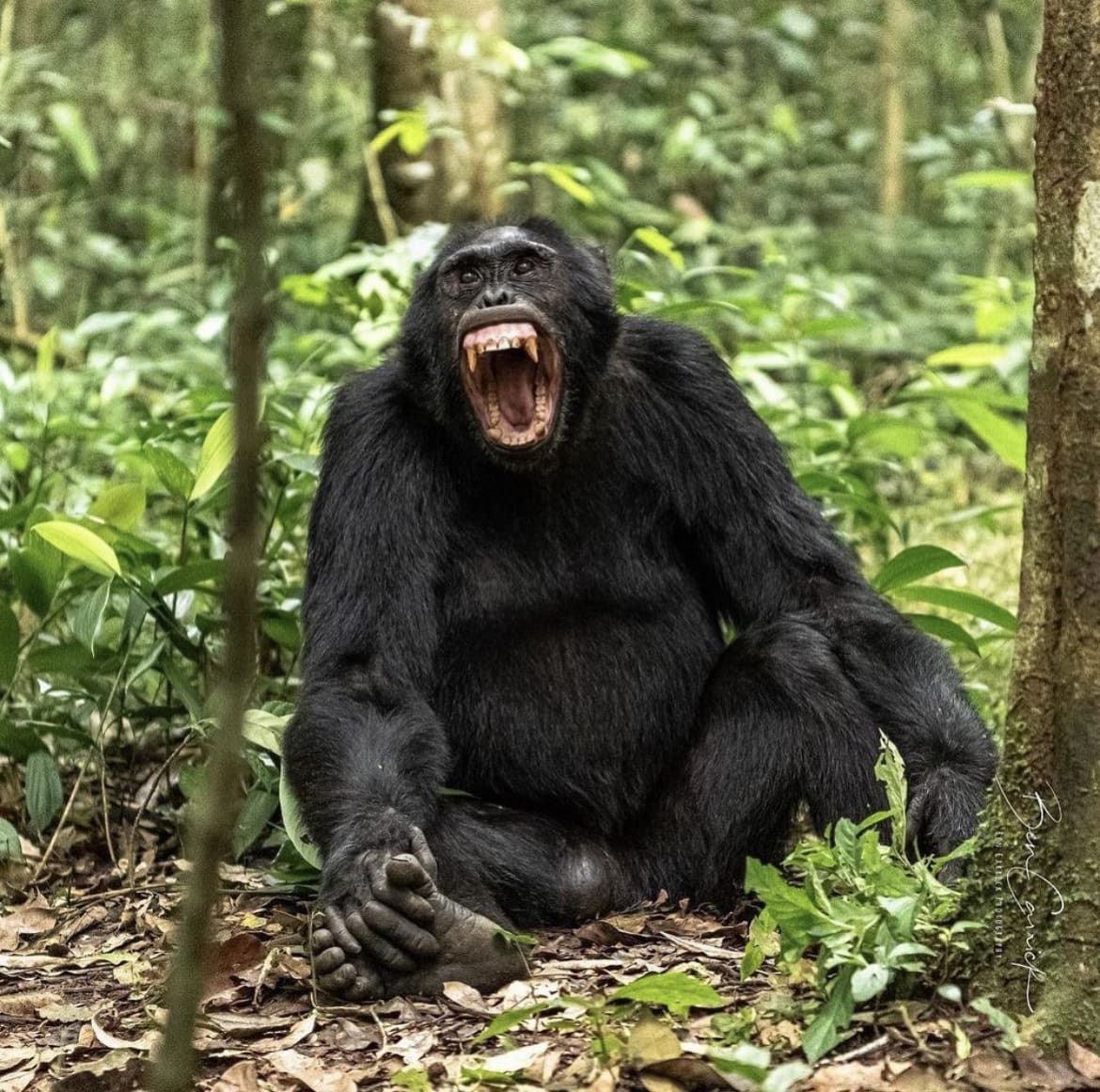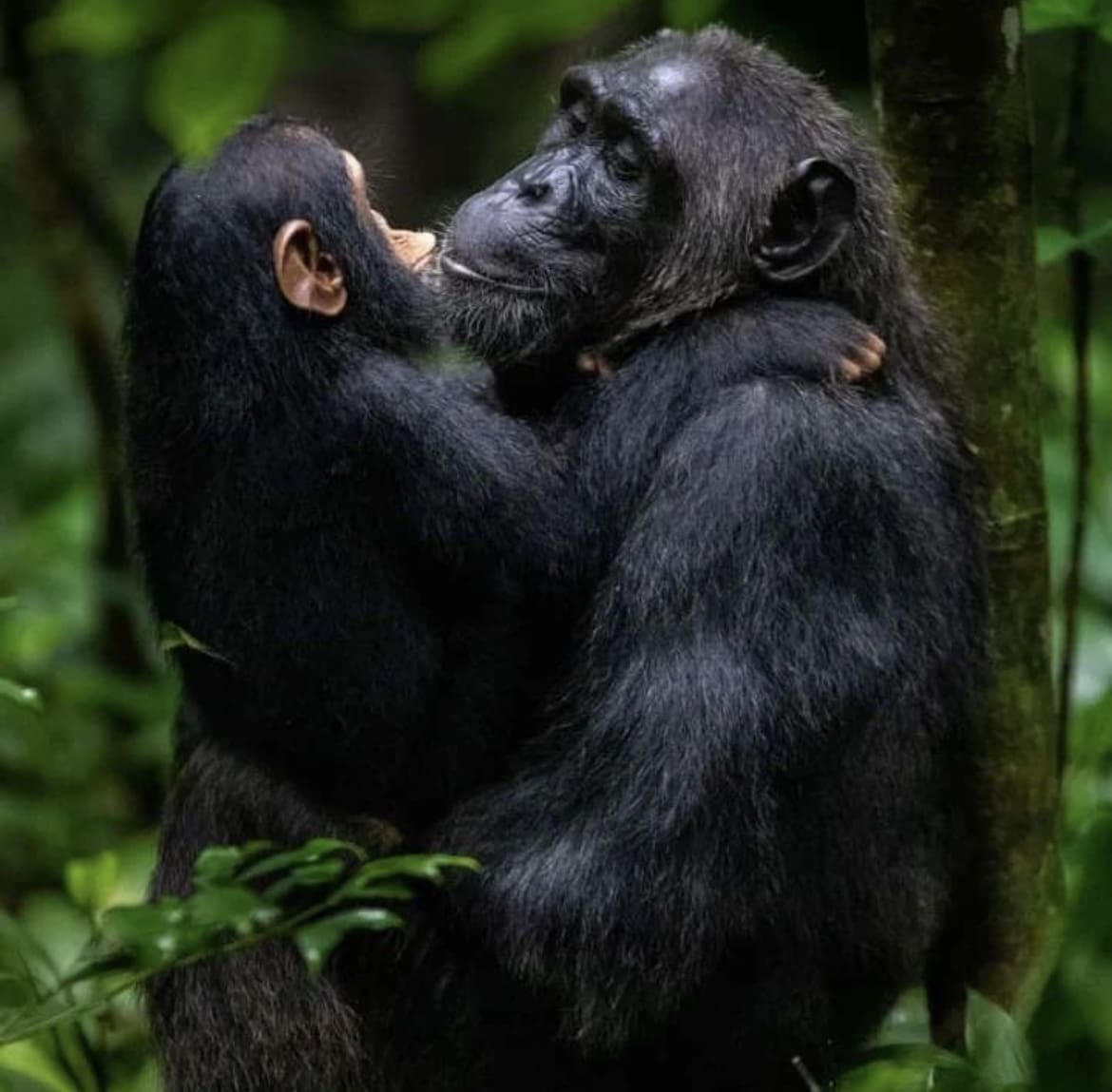[social_warfare]
When Sniffles Turn Deadly: The Devastating Impact of Human Viruses on Great Apes
In Uganda’s Kibale National Park, a normally vibrant community of chimpanzees fell silent. Their telltale chatter, normally heard over the lush forest canopy, was replaced by a grim symphony of coughing and sneezing.
For weeks, the community of 205 chimps seemed engulfed in illness, and the once-vibrant jungle felt unnervingly still. Stella, an adult female chimpanzee, was found freshly dead, presenting a rare opportunity to solve this heartbreaking mystery.
Tony Goldberg, a U.S. wildlife epidemiologist, swiftly arrived to investigate alongside Ugandan veterinarians. What they discovered was both tragic and terrifying: Stella had succumbed to severe pneumonia caused by human metapneumovirus (HMPV), a virus that is usually just a mild cold for us but fatal to our closest primate relatives.

Reverse Zoonoses: A Growing Threat to Great Apes
This cross-species infection phenomenon, known as reverse zoonoses, is becoming a grim reality for many wildlife populations globally. In Kibale, pathogens like HMPV and human rhinovirus C have been leading killers of chimpanzees for decades, responsible for 59% of known deaths. Stella’s community alone saw over 12% of its members perish in one outbreak. For endangered species like chimps, gorillas, and bonobos, already under siege from habitat destruction and poaching, these human-borne illnesses are tipping the scales towards extinction.
“Great ape populations can’t afford these sorts of losses,” warns Goldberg, a researcher at the University of Wisconsin-Madison.
“Their populations are already so small, fragmented, and declining that they don’t have the ability to rebound or adapt.”
READ NEXT: Get To Know The Chimpanzee
The Unintended Consequences of Conservation Tourism
Ironically, conservation efforts themselves are implicated in this deadly exchange of pathogens. Great ape tourism, a linchpin of conservation funding that incentivizes locals to protect wildlife, has simultaneously exposed these animals to deadly human illnesses. Even with stringent guidelines like maintaining a 7-meter distance, limiting group sizes, and mandating face masks, the rules are often broken in the field. Excited tourists may disregard safety measures in their rush for the perfect photo, and local guides may look the other way to avoid jeopardizing their tips.
Fabian Leendertz, director of the Helmholtz Institute for One Health in Germany, pointed out that ecotourism brings in crucial revenue for the 13 African countries that offer it, making reverse zoonoses a contentious topic. Efforts to impose stricter regulations are often thwarted by the need to balance economic sustainability with wildlife preservation.

Goldberg noticed a perplexing pattern: the pathogens infecting great apes were the same that children regularly bring home from school, even as asymptomatic adults continue to spread the germs. By comparing nasal swabs from local children, forest workers, and chimpanzee fecal samples, the researchers confirmed their hypothesis: schoolchildren were unknowingly passing these pathogens to adults who then brought them into the forest.
A clear drop in infection rates during Uganda’s COVID-19 lockdown further validated the theory that schools are significant transmission sources. “To save the chimps, we have to make kids healthier,” Goldberg emphasizes.

Solutions on the Horizon: Making Conservation Tourism Safe
Efforts to protect great apes from deadly pathogens are underway. The International Union for Conservation of Nature (IUCN) has developed strict guidelines for safe tourism practices. Additional measures include creating paid sick leave for guides, improving handwashing education, and implementing hand-sanitizing stations. Raising awareness of the importance of following biosecurity protocols is also essential.
“We need a deeper understanding of the problem,” says Cristina Gomes, a wildlife conservationist at Florida International University.
“Enforcing biosecurity rules and helping communities understand the stakes will be key.”
The road to safer tourism and healthier ape populations is paved with challenges, but as scientists, officials, and local communities work together, there’s hope that these critical conservation efforts will protect not just the majestic great apes but also their habitats and the local people who rely on them. “Behavioural change takes time, but if we start now, it can happen,” says Patrick Tusiime, a health coordinator in Uganda. Let’s keep these jungles buzzing for generations to come.
